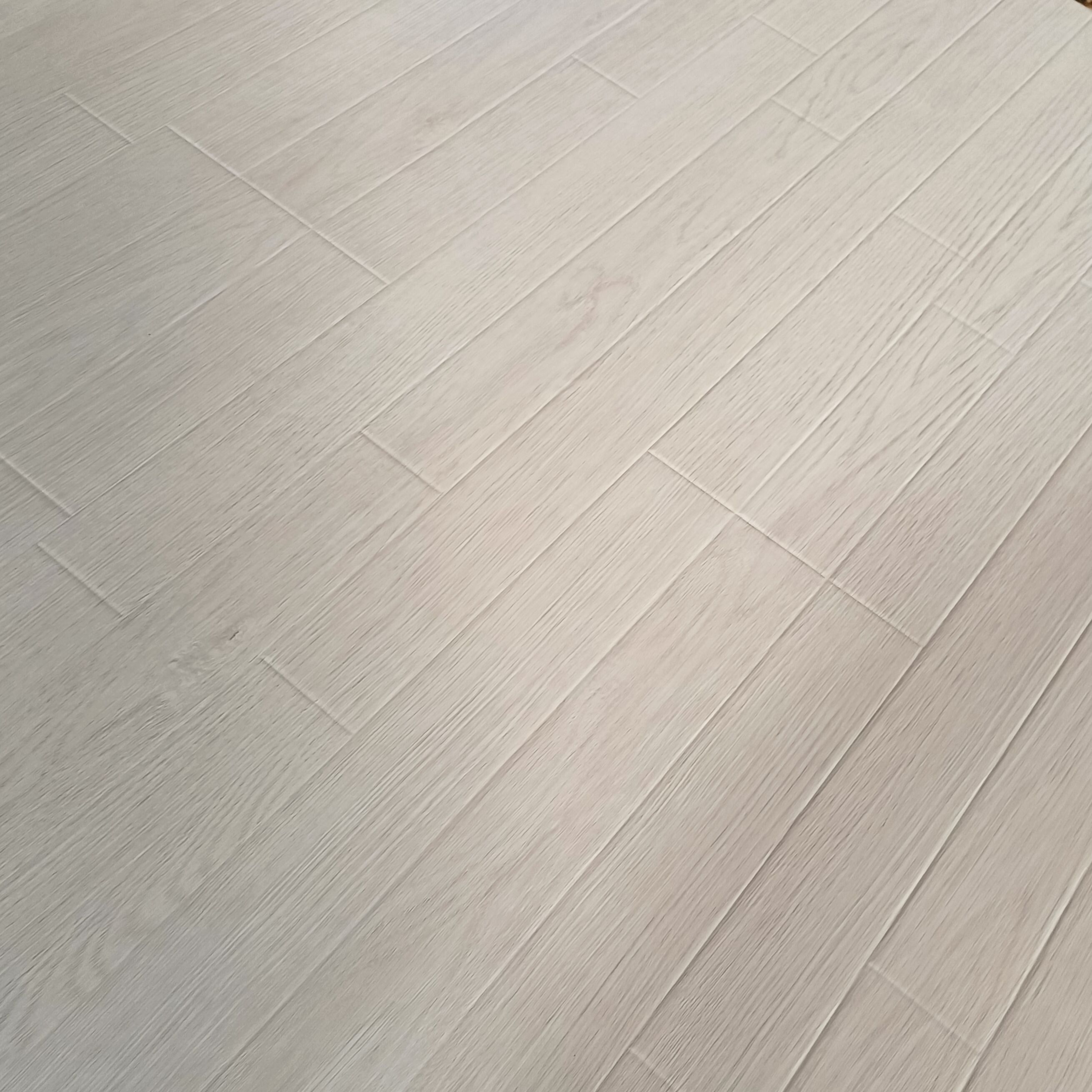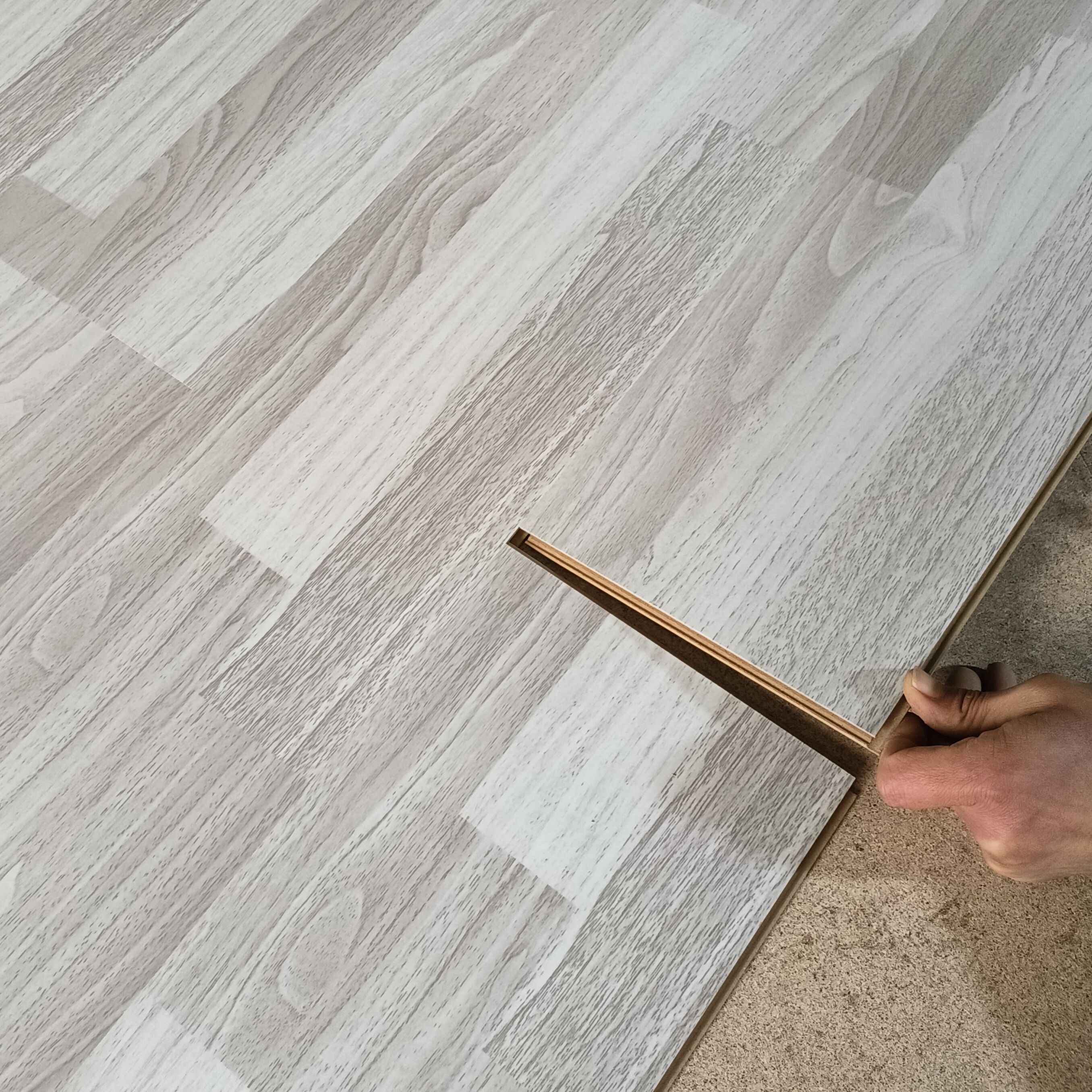Understanding the Modern Appeal of Floating Floors
In the world of interior design and home renovation, piso flotante has emerged as a revolutionary flooring solution that combines aesthetics, practicality, and affordability. This floating floor system, known for its innovative installation method and versatile characteristics, has transformed how homeowners approach their flooring needs. As more people seek durable yet stylish flooring options, piso flotante continues to gain prominence in both residential and commercial spaces.
The term piso flotante, which translates to 'floating floor' in English, refers to a flooring system that isn't directly fixed to the subfloor. Instead, it 'floats' above it, connected through an interlocking mechanism that allows for natural expansion and contraction. This unique installation method, combined with its numerous benefits, has made it a preferred choice among homeowners and interior designers alike.
Core Components and Construction
Material Composition
Piso flotante typically consists of multiple layers that work together to create a durable and attractive flooring surface. The top layer features a protective wear layer that guards against scratches, stains, and daily wear. Beneath this lies the design layer, which can mimic various materials from hardwood to stone. The core layer, usually made from high-density fiberboard or similar materials, provides stability and support. Finally, the backing layer offers moisture resistance and structural integrity.
Modern manufacturing techniques have allowed for incredible advancements in piso flotante production, resulting in products that not only look authentic but also perform exceptionally well under various conditions. The quality of materials used directly influences the floor's longevity and performance, making material selection crucial for both manufacturers and consumers.
Installation System
One of the most distinctive features of piso flotante is its innovative click-lock installation system. This mechanical locking mechanism allows panels to connect seamlessly without the need for adhesives or nails. The system creates a tight seal between boards while maintaining the floating nature of the floor, which is essential for proper expansion and contraction with temperature and humidity changes.
The installation process typically involves laying a moisture barrier or underlayment first, followed by the systematic connection of flooring panels. This method not only simplifies installation but also makes future repairs or replacements much more manageable compared to traditional flooring options.

Benefits and Advantages
Practical Benefits
Piso flotante offers numerous practical advantages that have contributed to its growing popularity. Its moisture-resistant properties make it suitable for various rooms, including kitchens and bathrooms, when properly installed. The floating installation method helps reduce impact noise and provides better acoustic properties, especially when used with quality underlayment.
Maintenance is another area where piso flotante excels. Regular cleaning requires only basic sweeping and occasional damp mopping, making it an ideal choice for busy households. The wear layer protects against daily wear and tear, ensuring the floor maintains its appearance for years with proper care.
Economic Considerations
From a financial perspective, piso flotante presents an attractive option for homeowners. The initial cost is generally lower than traditional hardwood or stone flooring, while still providing similar aesthetic appeal. Installation costs are also reduced due to the simplified process, which can often be completed without professional help for those with basic DIY skills.
Long-term value is another significant advantage. The durability and resistance to wear mean fewer replacements over time, while the timeless appeal of many designs helps maintain property value. Additionally, the ability to replace individual damaged pieces rather than entire sections provides cost-effective maintenance solutions.
Design Versatility and Aesthetic Options
Style Variations
Piso flotante comes in an impressive array of designs, colors, and patterns. Modern manufacturing techniques can create highly realistic representations of natural materials, from classic hardwood grains to sophisticated stone textures. This versatility allows homeowners to achieve their desired aesthetic while enjoying the practical benefits of floating floors.
The wide range of available styles makes piso flotante suitable for any interior design theme, from traditional to contemporary. Whether seeking the warmth of wood tones or the sleek appearance of modern tiles, there's a floating floor option to match every preference and décor style.
Application Flexibility
The adaptability of piso flotante extends beyond its visual appeal. It can be installed in virtually any room of the house, adapting to different environmental conditions and usage requirements. Its versatility makes it equally suitable for residential spaces, commercial environments, and even specialized applications where traditional flooring might not be practical.
The ability to mix and match different styles within the same installation system opens up creative possibilities for unique design combinations. This flexibility allows for custom patterns, borders, and transitions that can define spaces while maintaining the practical benefits of floating floor construction.
Installation and Maintenance Guidelines
Professional Installation Tips
While piso flotante is known for its DIY-friendly nature, proper installation is crucial for optimal performance. The subfloor must be clean, level, and dry before installation begins. Adequate expansion gaps around the perimeter are essential to accommodate natural movement, and proper underlayment selection can significantly impact the floor's performance and comfort.
Temperature and humidity acclimation before installation is crucial for preventing future issues. Materials should be stored in the installation environment for at least 48 hours prior to installation, and installers must carefully follow manufacturer guidelines for optimal results.
Long-term Care Strategies
Maintaining piso flotante involves both regular cleaning and preventive care. Daily sweeping or vacuuming prevents abrasive particles from scratching the surface, while periodic damp mopping with appropriate cleaning solutions helps maintain the floor's appearance. Avoiding excessive water exposure and using furniture protectors can significantly extend the floor's lifespan.
Understanding and following proper care instructions ensures that piso flotante maintains its beauty and functionality for many years. This includes prompt attention to spills, using appropriate cleaning products, and avoiding harsh chemicals that could damage the protective wear layer.
Frequently Asked Questions
How long does piso flotante typically last?
With proper installation and maintenance, piso flotante can last 15-25 years or more. The actual lifespan depends on factors such as quality of materials, installation method, foot traffic, and maintenance routine.
Can piso flotante be installed over existing flooring?
In many cases, piso flotante can be installed over existing flooring as long as the surface is flat, stable, and dry. However, it's essential to check manufacturer guidelines and ensure the total floor height won't cause issues with doors or transitions.
Is piso flotante suitable for bathrooms and kitchens?
Yes, specially designed water-resistant piso flotante can be installed in bathrooms and kitchens. However, it's crucial to choose products specifically rated for these environments and ensure proper installation with adequate moisture barriers.

